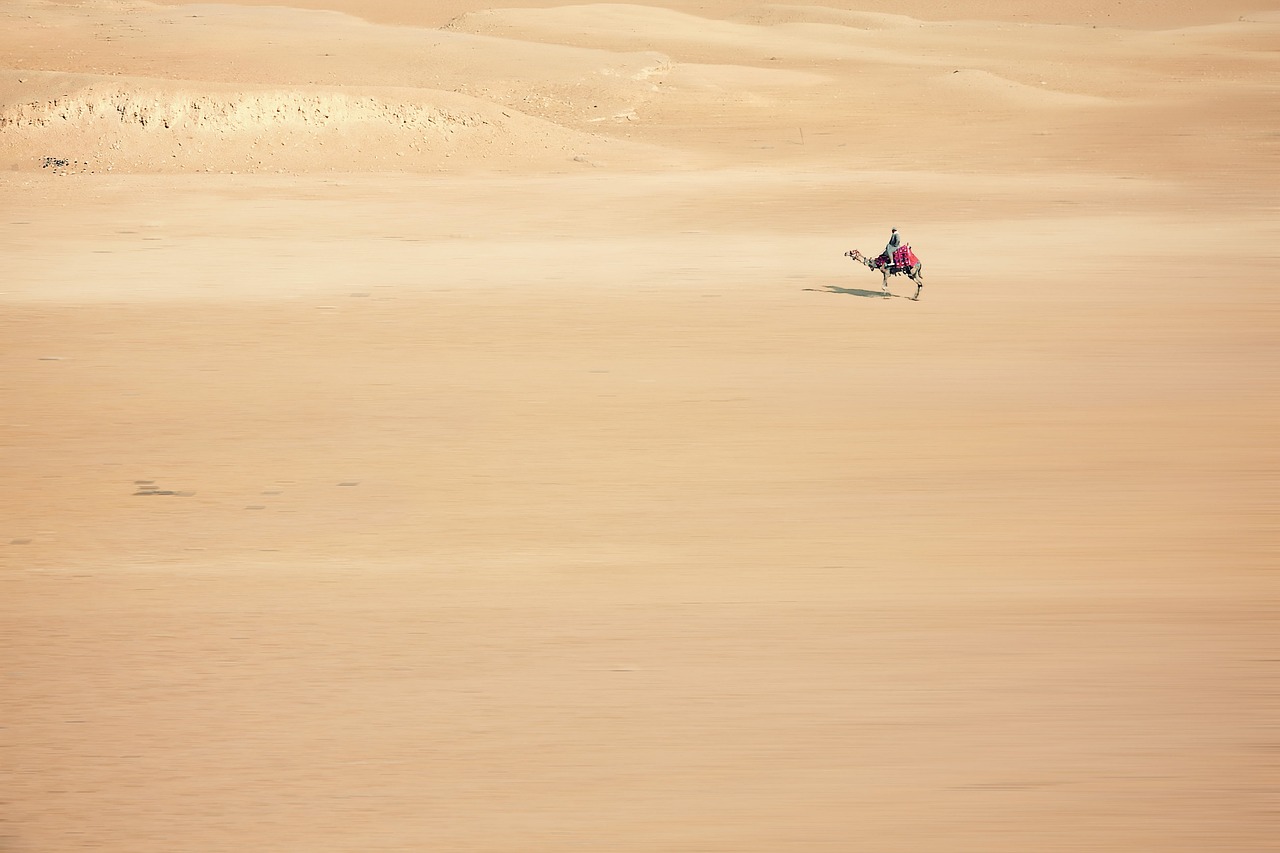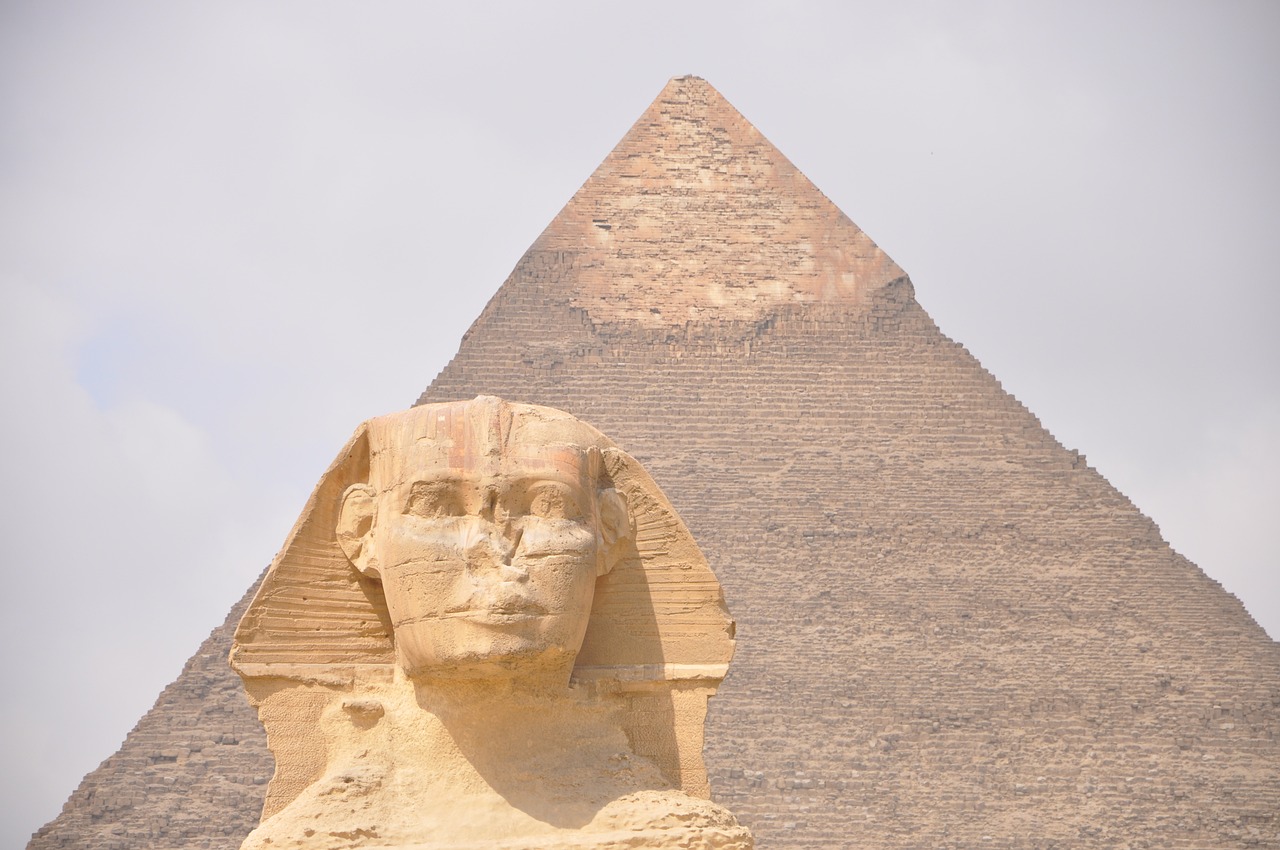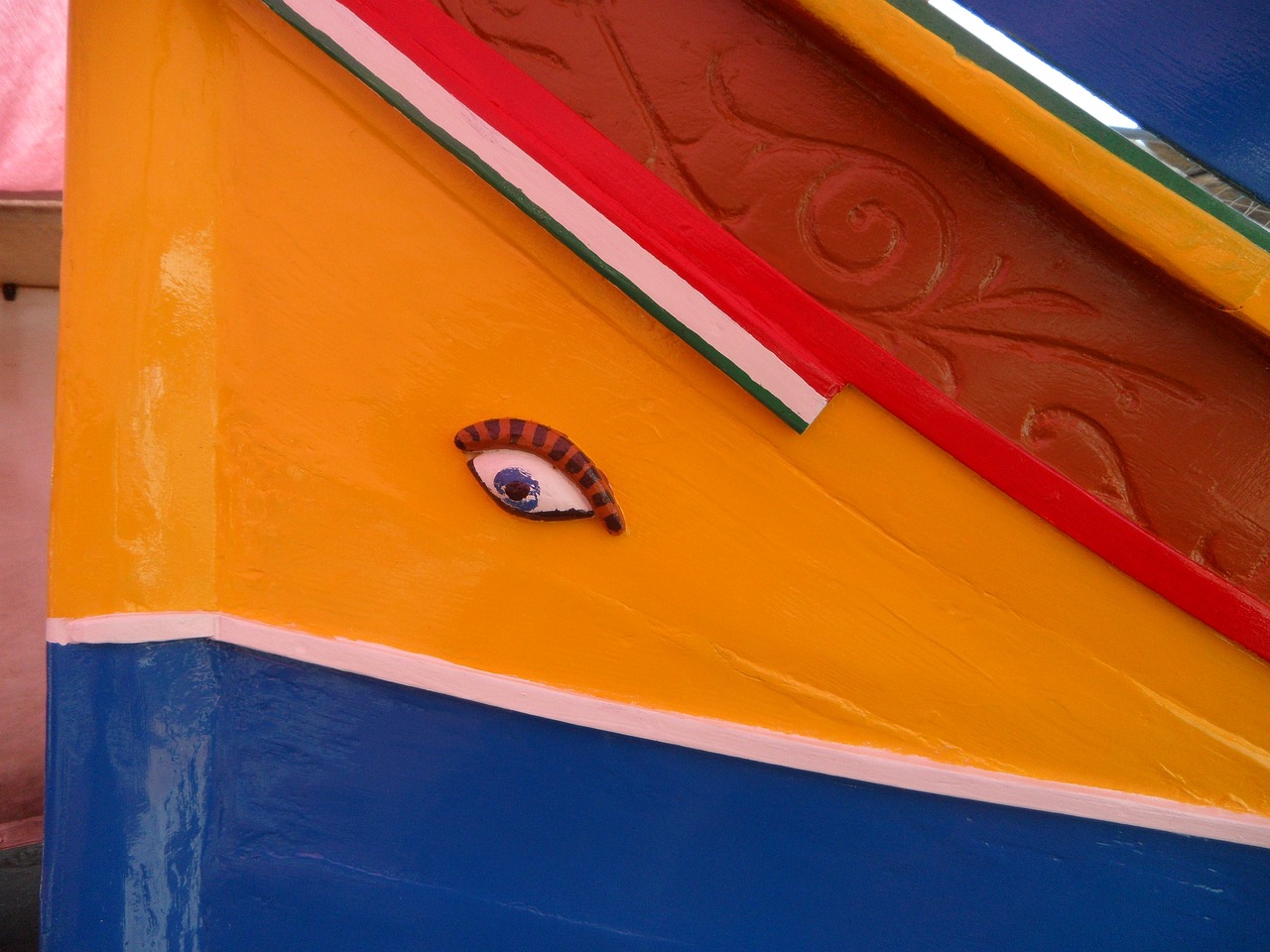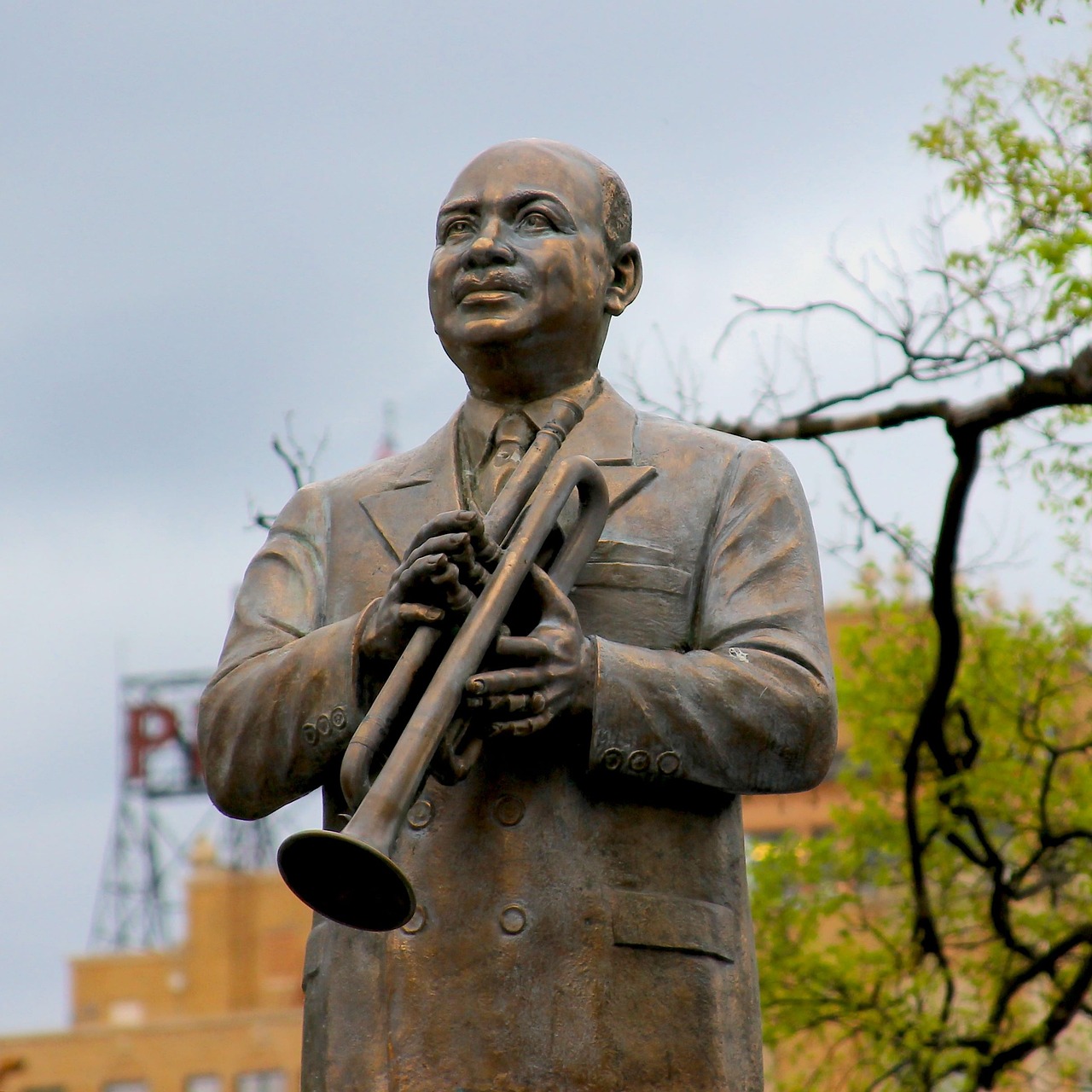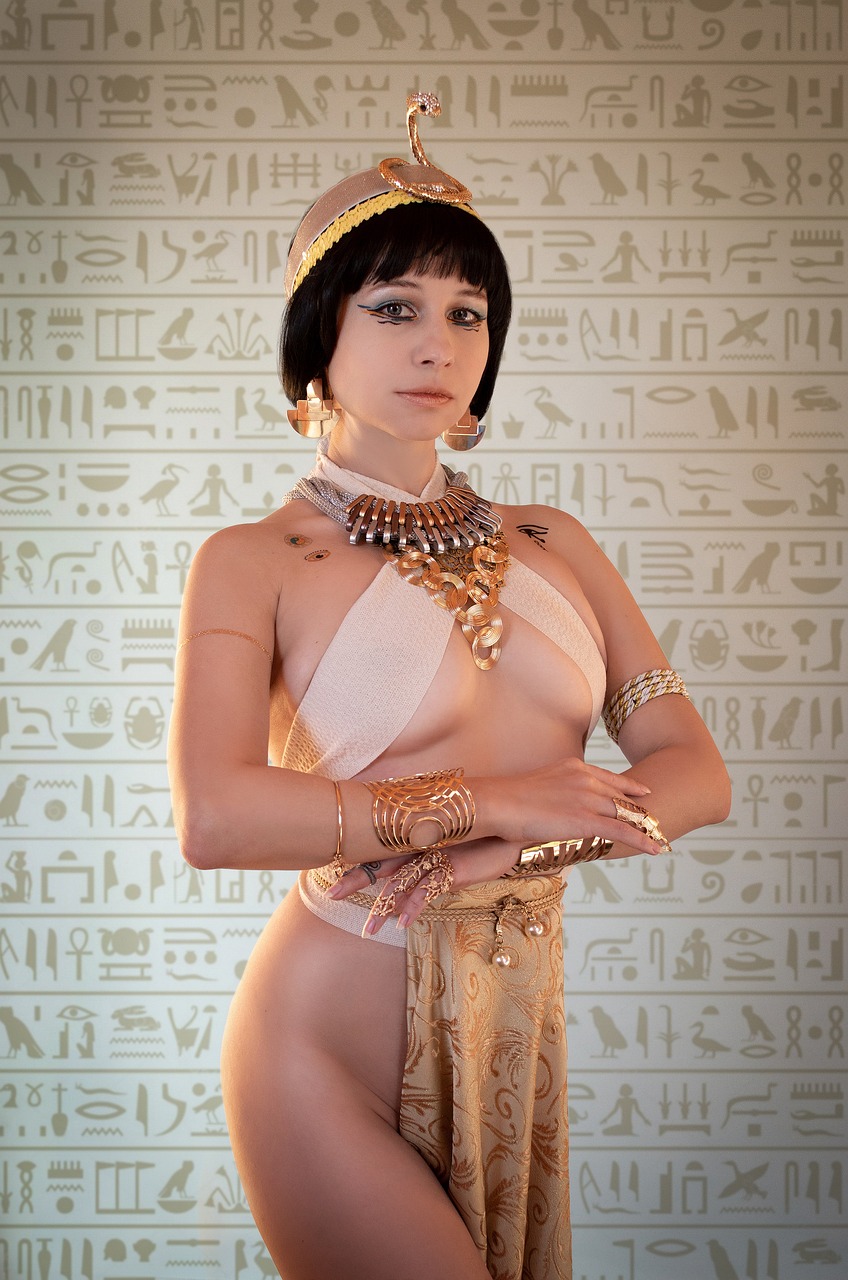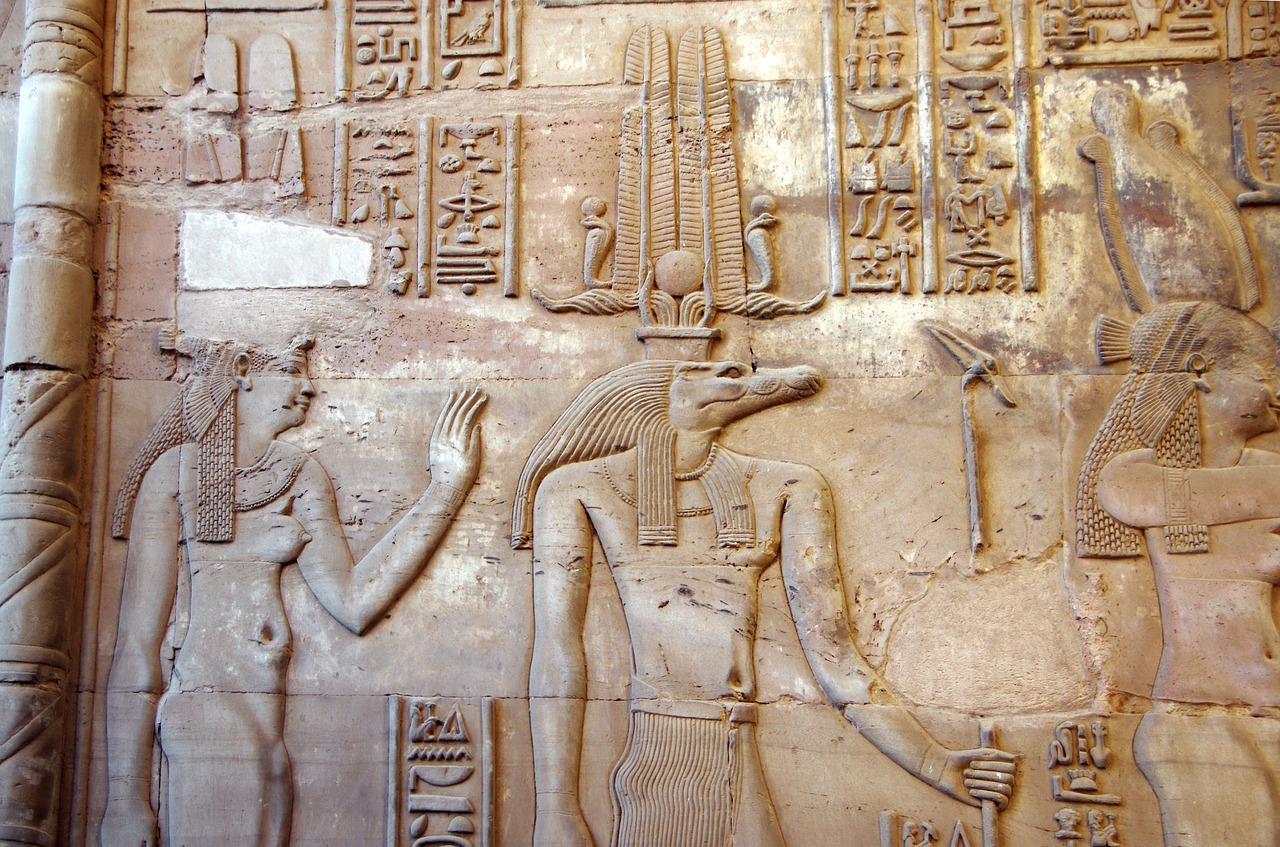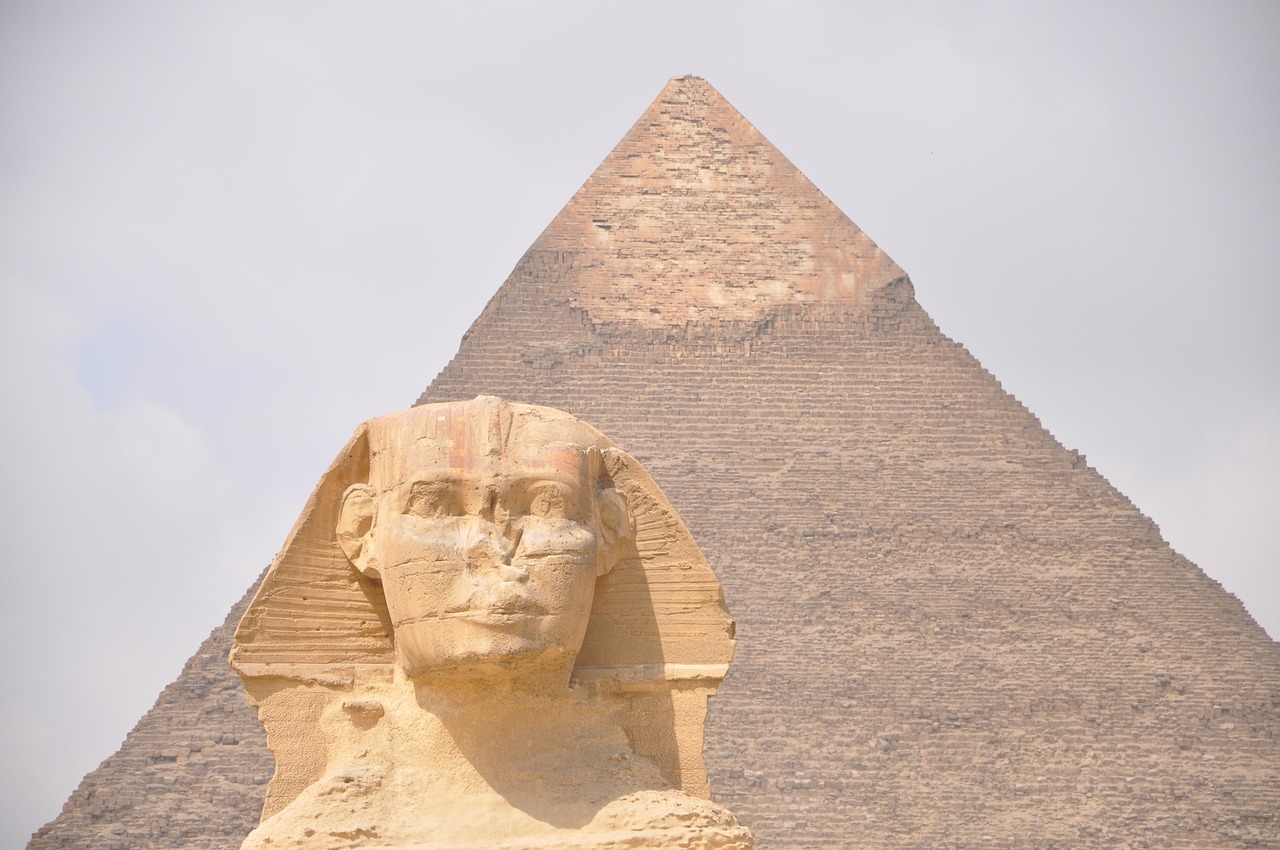Tag: ancient Egypt
-
Egyptian deities associated with the moon are often overshadowed by their solar counterparts, despite their rich mythology and significance. While Thoth was initially recognized as the primary moon god, his role later evolved into that of a deity of knowledge and time, allowing Khonsu to emerge as the definitive god linked to lunar symbolism. Further…
-
Ancient Egyptian Faience Statuette-Amulet of Thoth with Ibis Head This exquisite ancient Egyptian faience statuette, believed to date from the Late or Ptolemaic Period (6th–1st century B.C.), showcases the vibrancy of light green faience and stands at a height of 11.6 cm. Though in good condition, it should be noted that the beak has undergone…
-
As surprising as it may appear, the seemingly unattractive demon known as Bes held a special place as a beloved guardian of home and childbirth. Remarkably, he was also credited with curing impotence. The Unconventional Guardian Upon discovering the striking block carving of Bes in Dendera’s courtyard, it became clear why he is so memorable.…
-
Osiris is revered as one of the principal deities of ancient Egypt, embodying complex themes of fertility and the afterlife. Initially, he was a local deity linked to Busiris in Lower Egypt, possibly representing the fertility of the underworld. By around 2400 BCE, Osiris was firmly established in dual roles: as a deity of fertility…
-
Anhur, also known as Onuris in Greek, is an ancient Egyptian deity associated with warfare and hunting. Hailing from This, located in the Thinite region close to Abydos, he was a protector and defender of his father, Ra, the sun god, earning him the moniker “slayer of enemies.” Anhur played a crucial role in safeguarding…
-
Memphis, known as a capital of ancient Egypt, holds a significant place in the landscape of Egyptian history. Located approximately 15 miles (24 km) south of present-day Cairo, it rests on the west bank of the Nile River delta. The city is intrinsically linked with the surrounding necropolises, which are home to some of Egypt’s…
-
Unveiling the Mystique of Mut: The Egyptian Goddess Mut, a prominent deity in ancient Egyptian mythology, is renowned as the divine Mother Goddess and the protector of the sky. Often illustrated adorned with the Royal Vulture Crown, which consists of a headdress featuring vulture or falcon feathers, Mut symbolized maternal care and protection. The ancient…
-
The Crocodile Deity Sobek The deity Sobek, often recognized for his distinct appearance, is a prominent figure within the Egyptian pantheon. Represented either as a man with a crocodile’s head or as a full crocodile, Sobek’s influence was closely tied to the Nile River. According to one legend, the river itself was formed from his…
-
Hathor, an ancient Egyptian goddess, has long been admired as a complex figure in mythology. She is sometimes linked to other deities, including Isis, and even Sekhmet, but ultimately emerged as a principal goddess from whom other figures derived. Visually, Hathor is often represented as a woman with cow features, such as a cow’s head…
-
Amun, known also as Amon, Ammon, Amen, and Amun-Ra, stands as a pivotal deity in ancient Egyptian mythology, representing the sun and air. Emerging prominently during the New Kingdom period (around 1570-1069 BCE) in Thebes, Amun’s worship became deeply entrenched in the cultural and religious life of Egypt, proving to be one of the most…


